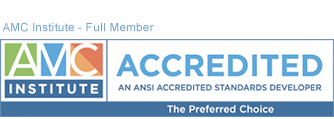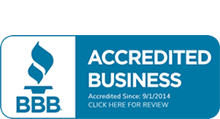Another in a series of articles related to association management selected from our reading list by:
Robert O. Patterson, JD
CEO/ Principal
The Center for Association Resources, Inc.
From the trenches comes a tale of community development success
“Can’t.” “It won’t work.” “There’s nothing you can do.” Few critiques are more incapacitating than these to an organization looking to make a difference. And, when things haven’t gone as planned in the past, critiques will come flying from all directions when new ideas are ventured. Community development lore says that during a meeting, an elected official said, “We’ve tried, and nothing works. But keep trying, nothing can make that neighborhood any worse.”
Well, I have a different tale to tell. Our neighborhood development project had entered its third year, and very little headway had been made toward our goals. Determined to find a way to improve the neighborhood, I canvassed residents in the area through personal visits. Every interview was much alike, and went something like this:
“Hi, I’m from United Way and we’re trying to become familiar with the neighborhood. Can I ask you some questions?” Yes, come in. “Do you feel safe in your neighborhood?” No. “Do you know your neighbors?” No. “How long do you plan on living here?” Until I can afford to move out.
It was time to change tactics and develop a community asset database instead of a list of complaints. My line of questioning turned to such topics as “What do you like to do with your free time?” The answers flowed, each household revealing a depth of talent and interests: gardening, bird watching, knitting, reading, drawing, soccer.
Next, it was time to get the neighborhood engaged in thinking about ways to be involved.
“Soccer, huh, can you coach? Do your kids play?” “If we started an art class, could you teach?” “Have you been to the community garden?” “Would you come to a neighborhood movie night?” The enthusiastic responses surprised me. A form was filled out for each house; the stack eventually comprised hundreds of sheets.
Finally, it was time to act on all the information and enthusiasm that had been created through the neighborhood canvass. Our secret to success was to find what’s simple to accomplish and brings about the greatest good, and then doing it. In our case, creating legitimacy meant a community garden, summer day camp, sports nights, community BBQ’s, and murals painted over graffiti-filled walls.
Bad news may seem to spread like wildfire while good news always seems to lag behind, but it does always spread and creates positive steam. In our case, we took the positives from the neighborhood and the success of some programs and approached local businesses. We also networked with local clubs and schools. School metal shops built soccer posts, and local business donated white paint for lines, as well as flags, jerseys, balls, and whistles.
Good news turned into more good news: I received a call from an apartment manager; the owners liked what was happening and offered use of an apartment as a community center. We then contacted the community members we had interviewed and soon staffed the community center with classes taught by neighbors, to neighbors. Neighbors invited neighbors and each success brought new opportunities. Our community blog and Facebook page reached a broad audience, and the stories attracted local media interested in meeting the faces behind the stories.
These stories brought additional credibility to our project, and volunteers excelled because they were using their talents and passion. Additionally, their work was hands-on, which allowed them to readily see success as it happened.
What we accomplished can be replicated in your neighborhood or organization; simply start with the positive and move on from there. You just might be amazed by the results.
community center, volunteering, asset-based development, The Center for Association Resources







